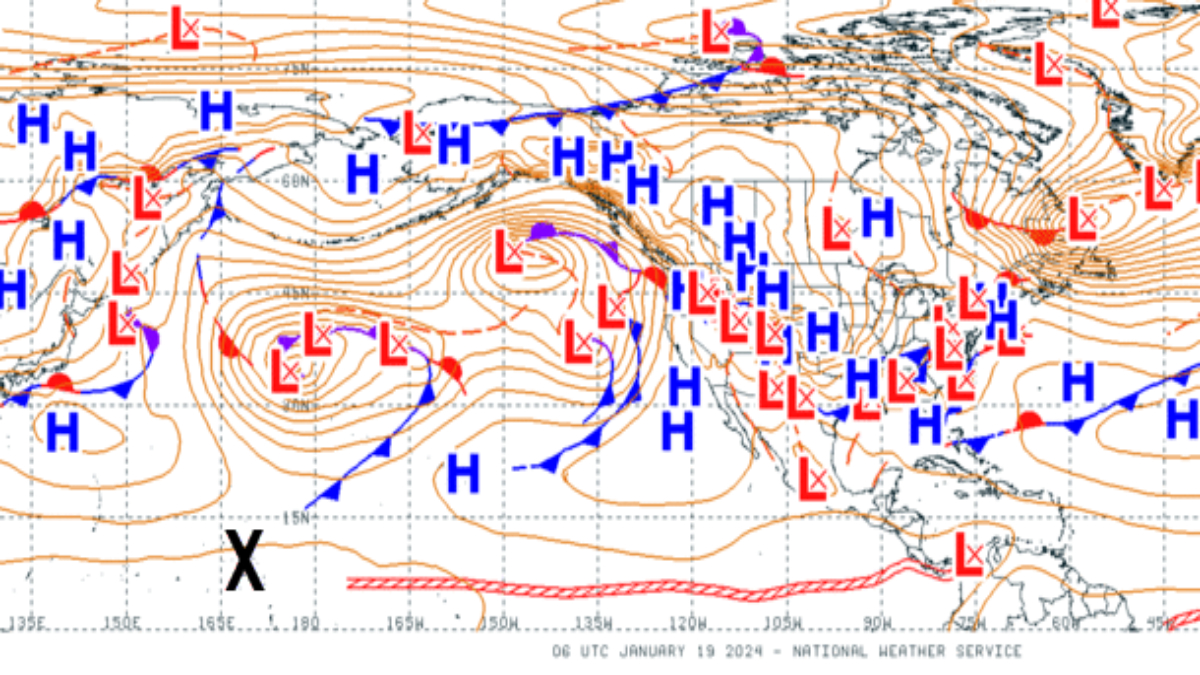
Advertisement
A stunning and unexpected event unfolded on January 20, 2024, as a colossal wave inundated the island of Roi-Namur in the Kwajalein Atoll, part of the Marshall Islands. The incident, captured in a viral video showcasing the sheer force of nature, left significant damage in its wake. In this article, we delve into the details of this extraordinary wave event, its aftermath, and the meteorological factors that contributed to this historic occurrence.
The Kwajalein Atoll and the Impact:
Kwajalein Atoll, colloquially known as “Kwaj,” is a ring of islands in the Pacific Ocean, leased by the United States military for the Ronald Reagan Ballistic Missile Defense Test Site. The massive wave, which hit Roi-Namur, caused extensive damage to Dyess Army Field and Freeflight International Airport. The island’s unique geopolitical significance adds another layer of complexity to the recovery efforts.
Colonel Andrew “Drew” Morgan, Garrison Commander, reassured the community in a Facebook video, acknowledging the challenge ahead but expressing confidence in their resilience. Over 80 individuals were evacuated, and recovery efforts, involving 50 soldiers dropped off on-site, are underway.
Meteorological Context:
AccuWeather consulted Brandon Aydlett, a meteorologist from the National Weather Service (NWS) Guam office, to understand the weather conditions leading up to the wave event. High surf conditions were anticipated due to a massive north Pacific cyclone and an abnormally large area of high pressure.
The NWS issued high seas and high surf warnings, forecasting waves over 15 feet – an unusual occurrence for the region. The wave event was triggered by a dynamic interaction of wind and swells caused by the expansive cyclone’s motion and typhoon-force north winds.
The Mechanism Behind the Wave:
Aydlett explained that the wave event’s complexity involved a phenomenon known as “dynamic fetch event,” resulting from the motion of the cyclone and powerful north winds. This led to a constructive interference of swells with varying periods, culminating in the monumental wave that struck Roi-Namur.
The term “sneaker wave” is more apt for this event than the commonly misused “rogue wave.” Unlike rogue waves that hit ships at sea, a sneaker wave is an unusually high wave in a set that reaches the shore. The unpredictable nature of these waves stems from the intricate dynamics of winds, waves, and bathymetry (water depth).
Differentiating from Storm Surges and Tsunamis:
It’s crucial to note that this event was not a storm surge from a tropical storm or a tsunami resulting from seismic activity. The distinction lies in the source and mechanism of the wave. Sneaker waves, although challenging to predict individually, are not uncommon, and the NWS advises beachgoers to exercise caution by heeding advisories and observing wave conditions.
The wave event in Kwajalein Atoll serves as a reminder of nature’s awe-inspiring power and the intricate interplay of meteorological elements. As recovery efforts continue in the aftermath of this historic occurrence, the scientific community will likely scrutinize the meteorological nuances that led to the unprecedented wave. In the face of this challenge, the resilience and unity of the Kwajalein community stand strong, echoing Colonel Andrew Morgan’s assurance that they will overcome and rebuild their beloved home.
